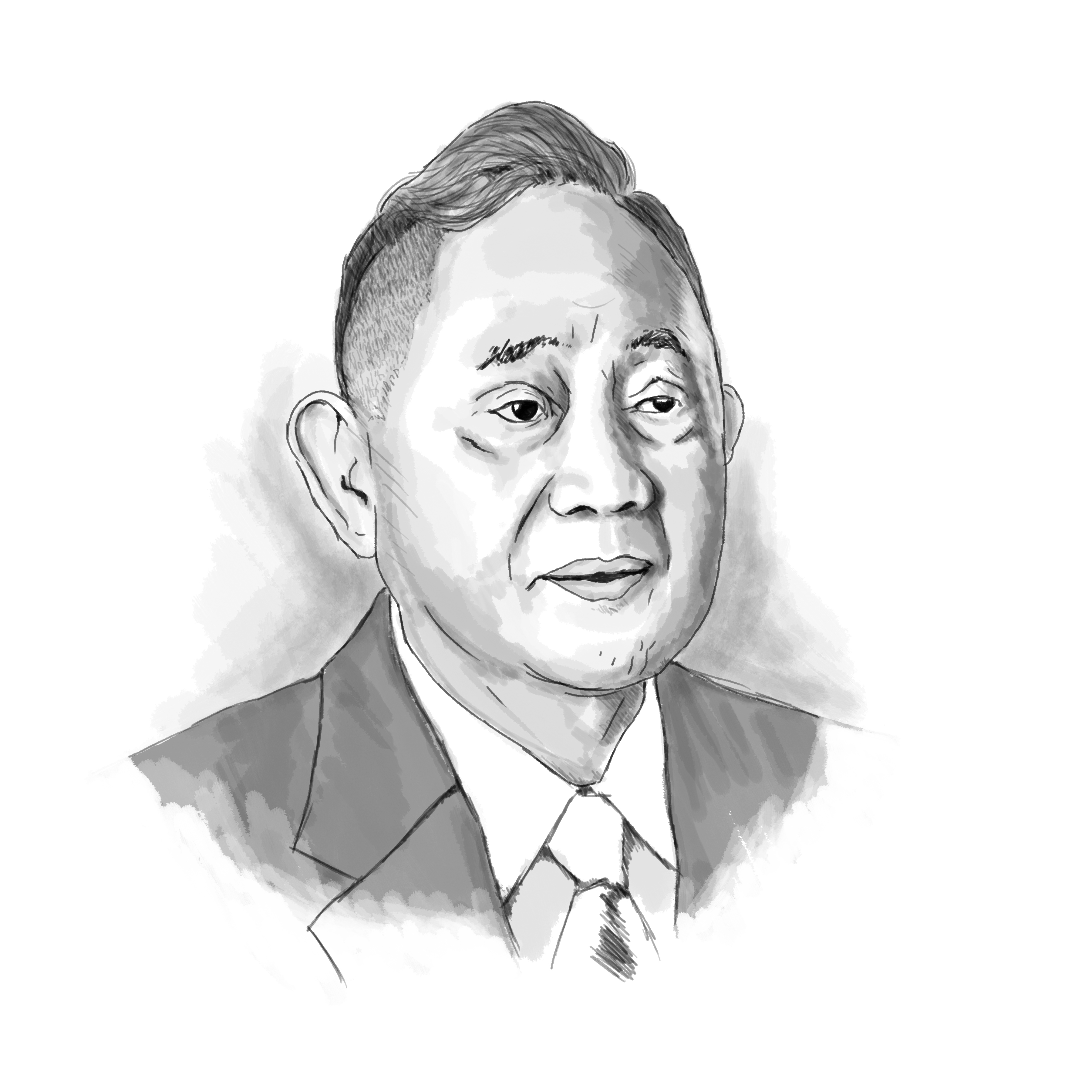PEACE-MAKER

Before the demise of Libyan leader Muammar Gaddafi in October 2011, another Middle East strongman with whom we also had interesting encounters fell from power in December 2003: Saddam Hussein.
As with Gaddafi, we first met him in the 1970s when we were a pioneering businessman in the Middle East and North Africa.
At the time, we were pioneer as prime contractor operating the Saudi Arabia Port of Jeddah on the Red Sea and the Port of Jubail on the Persian Gulf. We also undertook electrification projects in central Saudi Arabia, mass housing and infrastructure in Iraq, Kuwait, and Jordan, and agriculture projects in Libya.
Gaddafi and Saddam both exuded power and radiated strong personal magnetism. Both were also gracious and soft-spoken.
In 1997, as then Speaker of the House, we had the privilege of meeting Saddam again to negotiate the release of three Filipinos who were sentenced to life imprisonment in a Baghdad prison. We led a Philippine delegation, which included our wife Gina and several House members to Baghdad.
We borrowed a plane from an old Arab friend, where we landed first in Qatar then proceeded to Jordan where we met with King Hussein’s brother, Prince Muhammad.
We were dissuaded by some friends from going to Iraq as Saddam had just executed his two sons-in-law, but we said we had given our word and that we were trying to save the lives of three Filipinos.
The next day the Philippine delegation was driven to the Iraqi border and welcomed by luxury sedans. Our entourage proceeded to Baghdad around a thousand kilometers away, where we met with the Speaker of Iraqi Parliament and some 10 leaders.
We were billeted in a palatial residence. Our escorts came to pick us up by four in the morning. We, the Philippine delegation, were all ready but we were told that we were the only one coming.
We could not say no, so we just pretended to be brave.
We were driven to another ‘presidential palace’ where we were met by Deputy Prime Minister and former Foreign Minister Tariq Aziz. He was an old friend and we felt far more relaxed from then on. Then we met with a man who we thought was Saddam himself, only to find out later that he was just the Iraqi leader’s look-alike. The man looked exactly like Saddam.
After a while we were ushered into a vehicle and driven all the way to Tikrit, Saddam’s hometown, located on the west bank of the Tigris River about 100 miles (160 km) northwest of capital Baghdad.
Saddam was hunkered down in a stronghold some seven stories underground.
We were reminded somewhat of Gaddafi’s desert tent, fortified and luxurious.
Saddam did not ask for any concessions, he just wanted closer ties with the Philippines. He tried his best to exude confidence but we noticed that the bluster was gone. He seemed distracted and melancholic. After some 30 minutes, Saddam begged his leave and we were driven back to Baghdad.
It was a surreal experience but much less traumatic than when we were last in Iraq in the 1980s during the Iran-Iraq War. In Baghdad, the three Filipinos were released to the Philippine embassy and finally brought home by our delegation.
Having spent some of our best years in the Middle East, we are deeply saddened by the dreadful turn of events in the region in recent years.